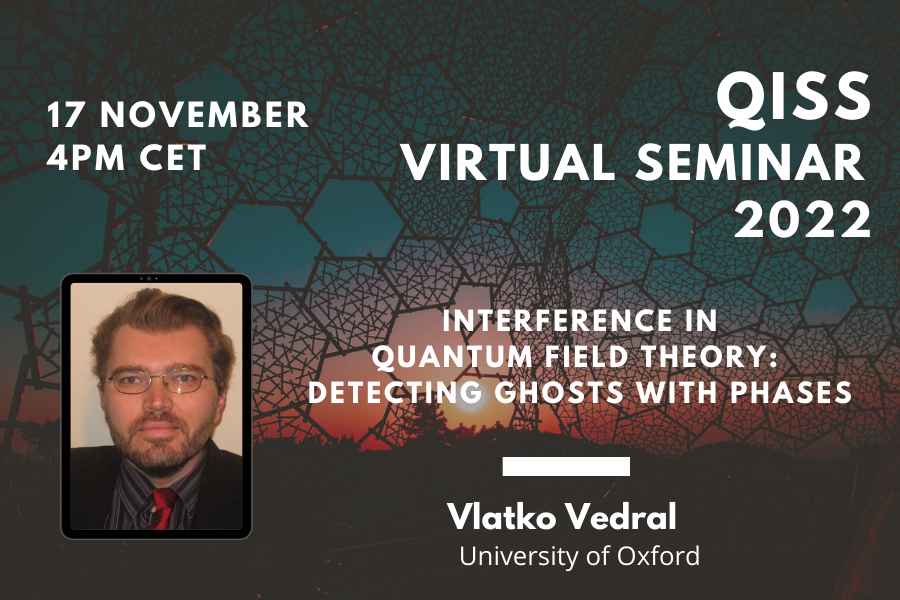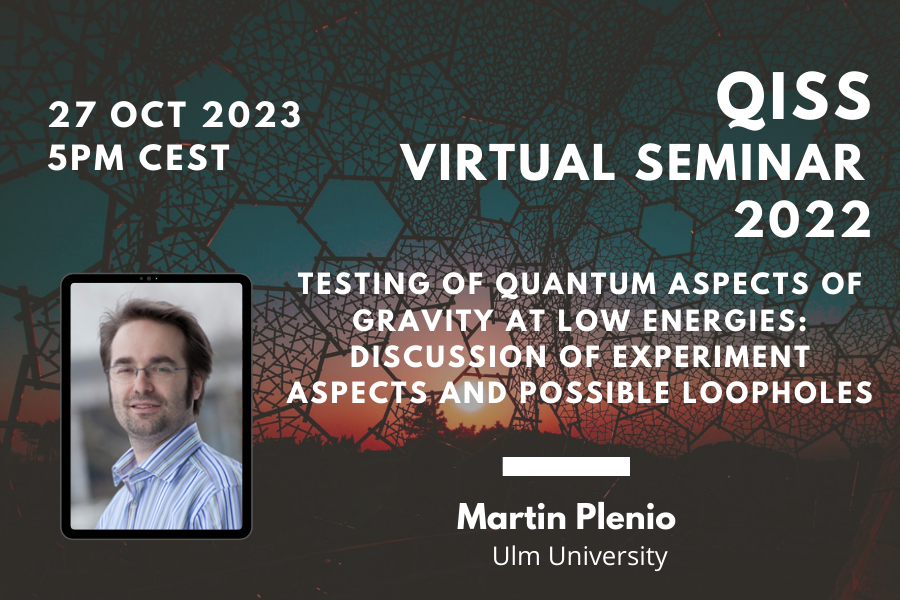Experimental demonstration of input-output indefiniteness in a single quantum device
At the fundamental level, the dynamics of quantum fields is invariant under the combination of time reversal, charge conjugation, and parity inversion. This symmetry implies that a broad class of effective quantum evolutions are bidirectional, meaning that the exchange of their inputs and outputs gives rise to valid quantum evolutions. Recently, it has been observed that quantum theory is theoretically compatible with a family of operations in which the roles of the inputs and outputs is indefinite. However, such operations have not been demonstrated in the laboratory so far. Here we experimentally demonstrate input-output indefiniteness in a photonic setup, demonstrating an advantage in a quantum game and showing incompatibility with a definite input-output direction by more than 69 standard deviations. Our results establish input-output indefiniteness as a new resource for quantum information protocols, and enable the table-top simulation of hypothetical scenarios where the arrow of time could be in a quantum superposition.

